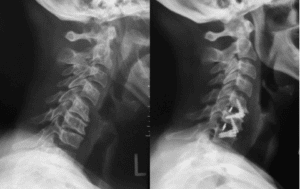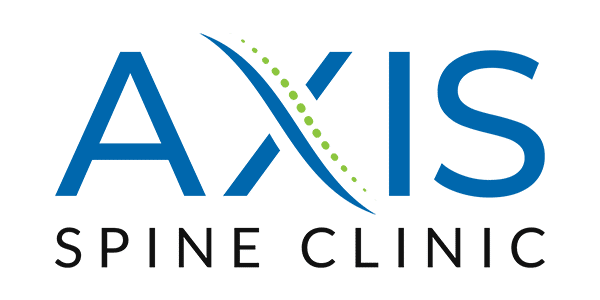STALIF is an Integrated Interbody fusion platform that offers a surgical treatment proven to restore spinal balance, recreate spinal alignment and stability, and accelerate the return to normal activities.
Centinel Spine was the first company in the world to offer Integrated Interbody (a.k.a. Stand-Alone) fusion devices, and has a long clinical history in providing fusion solutions that conform to patient anatomy and capitalize on the body’s ability to heal itself.
- STALIF C®: Anterior fusion device for the upper (cervical) spine (C2-T1), available in 3 material options (PEEK, PEEK with Ti-ACTIVE, and FLX)
30+ Year
Clinical History with
Worldwide Usage
75,000
Device Implantations
Worldwide

The 1st implantation of a STALIF device took place in 1988. Since the very first device was implanted until now, Centinel Spine has continued to innovate and improve upon its original STALIF design, with state-of-the-art solutions now existing in multiple material options and device sizes to best suit each patient’s unique needs.
The STALIF line of Integrated Interbody fusion implants are the longest implanted line of Integrated Interbody devices in the world.
STALIF was developed with several specific patient care objectives in mind:
Restoring Spinal Alignment
STALIF devices are designed to conform to patient anatomy. They come in a variety of sizes, heights, and angles to fit each patient’s needs, so that spinal curvature, height, and alignment can be restored, offering the best chance for successful outcomes.
Enhancing Opportunities for Fusion
STALIF devices come in a variety of material options to enhance opportunities for fusion based on patient specific needs. Some STALIF implants incorporate materials, such as titanium, that are known to be cell-friendly and attract bone cells. They also have very large cavities that allow for a large amount of bone to form between the vertebral bodies to make a solid fusion. Combining these features with the compressive design and the ability to pick an implant that fits each patient’s anatomy optimally enhances opportunities for successful fusion outcomes.
Resuming Activities of Daily Living
Degenerative disc disease can be very painful, and recovery from spinal surgery can take time. Special care has been taken to design STALIF devices to minimize the recovery associated with the procedure. STALIF devices are implanted from the front (anterior) of the body, going in through either the abdomen (ALIF), side (LLIF), or throat (ACDF), so stabilizing spinal muscles and bony elements are not disturbed. Studies have shown that compared to more invasive fusion procedures that approach the spine by going in through the back (posterior), patients who receive fusions from anterior approaches have shorter hospital stays (1-3 days vs. 3-6 days), mobilize more quickly (many patients are walking the same day they have surgery), and lose much less blood during the procedure.
